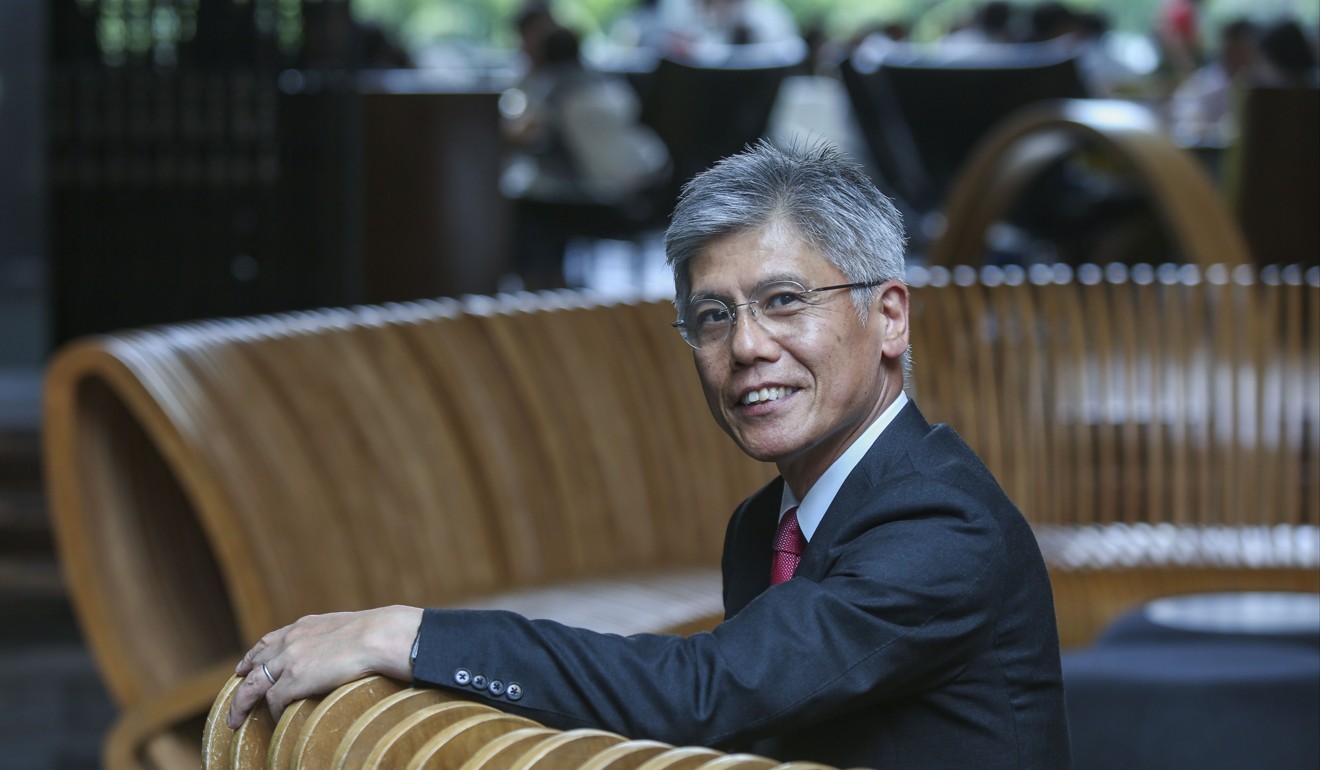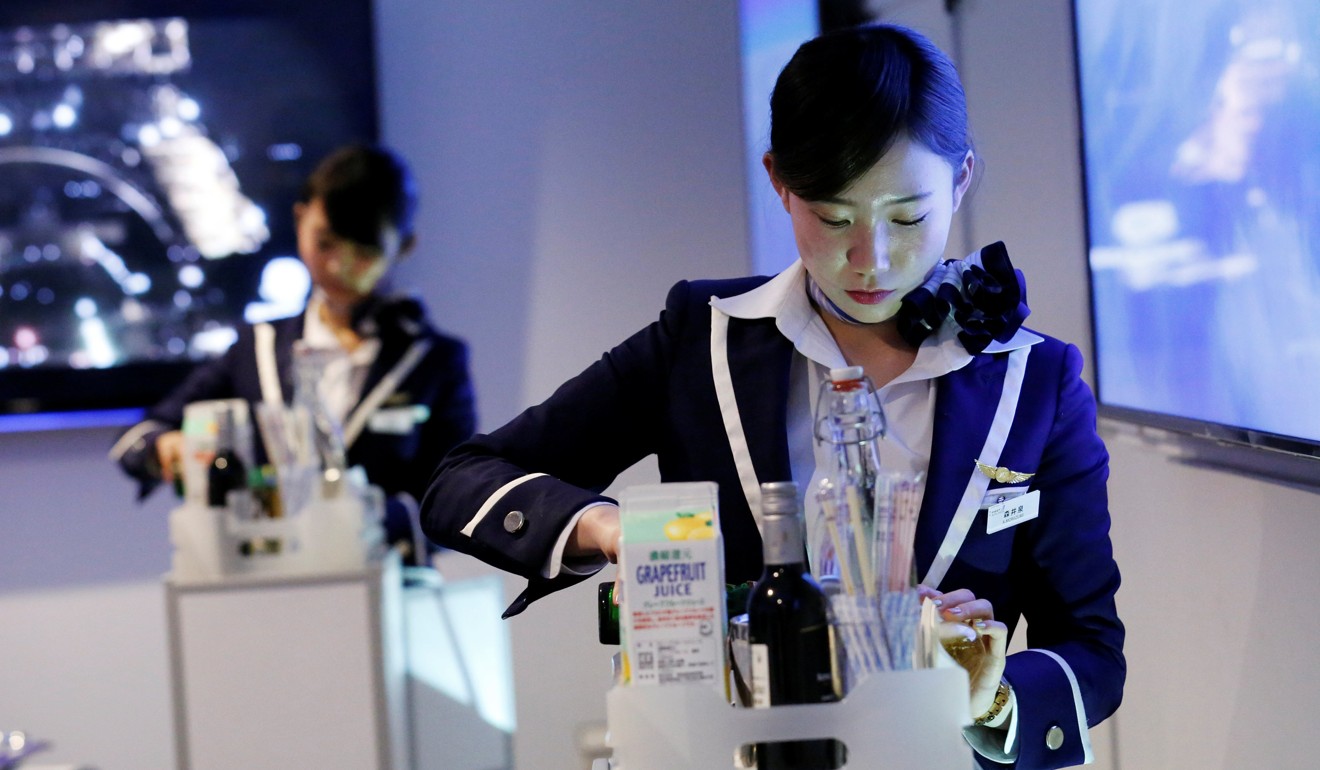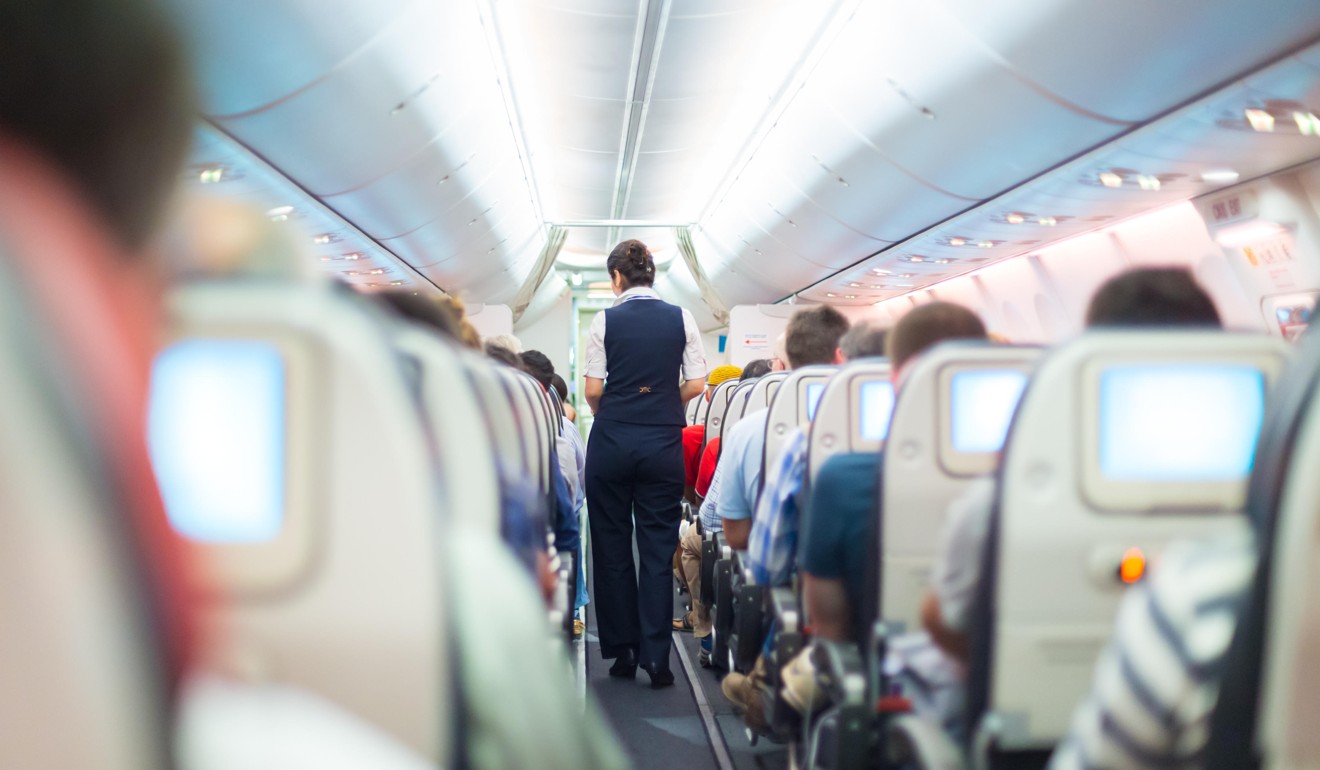
Forget millennials – Japan Airlines wants their grandparents on its new budget carrier
Seniors used to fly business class and after retirement they want to go overseas but they say prices are too high and planes are too full, says Japan Airlines’ executive vice-president Tadashi Fujita
Forget millennials – Asia’s newest low-cost airline created by Japan’s comeback flag carrier will not woo the much-coveted traveller demographic but set its sights on the silver-haired generation instead.
As Japan Airlines’ executive vice-president Tadashi Fujita explained: “Seniors are retiring. They used to fly our business class and after retirement they want to go overseas.
“They are telling us the prices are high and it’s hard to go on holiday when our planes are more than 80 per cent full.”
JAL announced in May its plan to launch a budget airline, as carriers worldwide continue their intensive competition for price-sensitive fliers, including the growing group of millennial globetrotters who researchers say prefer cheap flights than staying loyal to a particular airline.

The new carrier will be the eighth Japanese budget airline, and the second for Japan Airlines which partnered with Qantas to run Jetstar Japan, a low cost airline focused on flying around North and East Asia.
It will offer medium- and long-haul international flights and start out with two Boeing 787-8 Dreamliner aircraft, later increasing this to 10.

Yet unnamed, the carrier is expected to take off from 2020, as Tokyo prepares to host the Olympics. It will fly to destinations in Europe and the US that are not served by JAL to prevent cannibalising the main brand, Fujita said. JAL will invest up to US$183 million to get the carrier off the ground.
How to make city soar for aircraft leasing – more tax treaties, experts say
Fujita, the aide to the airline’s president and the company’s chief wellness officer in charge of employees’ health, said the airline decided a budget arm would expand its services to more people, while giving them the “promise of ... not what you would imagine [coming from] a low-cost carrier”.
So, it will market to customers perks such as cabin crew specially-trained to serve older people.

Airfares would be cheaper than on JAL flights, with customers given the option of buying extras such as baggage allowances and meals.
JAL’s decision dovetails with the demographic time bomb playing out in its home turf.
How to get the best deals on air miles from Hong Kong, with Asia Miles, Avios and others
Japan is one of the world’s fastest-ageing societies and it is also grappling with a declining birth rate. Data from its National Institute of Population and Social Security Research shows that by 2060, 40 per cent of its population will be above the age of 65, up from 25 per cent of the population now.
Mizhuho Research Institute senior economist Yutaka Okada pointed out the two big Japanese airlines – JAL and All Nippon Airways – had been fighting for business travellers as the labour force continued shrinking.

“Now, there are a lot of rich Japanese senior citizens...[who are] fans of JAL,” Okada said. “Thus a new company would adopt a business method a little different from a [traditional] low cost carrier.”
Will Horton, a Hong Kong-based aviation analyst for CAPA Centre for Aviation, said: “Since JAL has a high operating cost, there is room for a second and different production platform.
“JAL’s new low-cost carrier may have the cost base of a Chinese or Southeast Asian full-service airline, but a large portion of the Japanese market is very sticky and wants a Japanese airline and Japanese service – plus the time savings. JAL has a light footprint in many regions, so the new carrier can expand its reach.”
How to stay a frequent flier: Post reporter takes 20 flights in 11 days to keep British Airways gold status first-class perks
Fujita, who spoke to the Post ahead of the airline industry’s annual summit taking place in Sydney from Sunday, acknowledged that the low cost long haul airline model had yet to be proven as profitability appeared thin when examining industry peers.
Similar concept airlines like Norwegian, which expanded into the budget long-haul territory and grew aggressively while keeping fares low have lost money, with its debt ballooning to US$4 billion.
JAL executives aim for the new budget carrier to make a profit after three years, and contribute to company earnings by the five-year mark.
Hong Kong dominates busiest air routes in the world – but budget airlines can’t get a look-in
Founded in 1951, Japan Airlines filed for bankruptcy in 2010 and has since been reinventing its business since emerging from government control last year. It made a profit of US$1.59 billion in its first full year out of official control, ending in March 2018.
The carrier now has 231 aircraft and flies to 180 destinations. It also partners with Hong Kong’s Cathay Pacific and Cathay Dragon on routes between the city and Japan.

